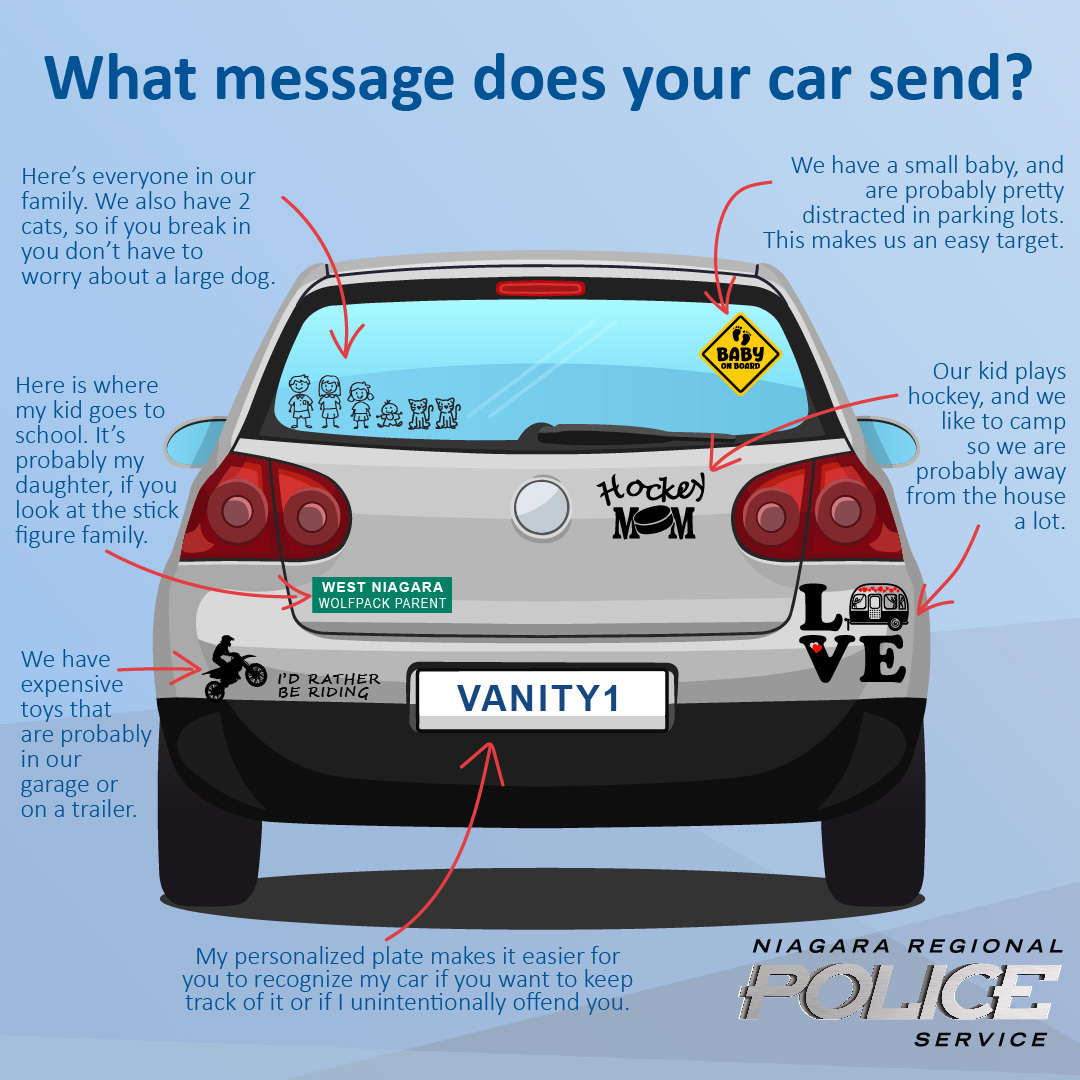5 Surprising Ways to Keep Your Family Safe
Summary:
Most people keep their families safe by taking precautions like locking their doors, setting up security cameras, or warning children about talking to strangers. But there are other effective ways that may not be so common. Here are a few more methods to protect yourself and your family.
1. Avoid Personalizing Your Car with Stickers
Families frequently place stickers with their children's names, sports teams, schools, and even family pets on their cars. While seemingly fun and harmless, these stickers might give prospective criminals important information about the family.
Stickers that reveal a child’s name or the name of a school can put them at risk because they help strangers build trust easily. A "baby on board" bumper sticker signals a parent could be "likely distracted and may be an easy target." Newsweek, 2022. The “Proud Parent of a Soccer Star” sticker indicates that your child trains regularly for sports and indicates a secondary location where they may be found. To safeguard your family, it is best to avoid putting stickers on your vehicle that reveal sensitive information about your children and their activities.
According to Niagara Regional Police (NRP) Const. Philip Gavin: “Many bumper stickers are harmless. What we are advocating is that people should be mindful as to what personal information they may inadvertently be sharing with random people in the public. CBC, 2023

2. Be Mindful of what you share on Social Media
While posting pictures of you or your children on social media when they attend school events, go on vacations, or partake in extracurricular activities can seem innocent, it actually provides real-time location data to people in your network.
The ability to watch and understand family patterns allows potential criminals to know your whereabouts. It is important to keep strong privacy settings on social media and refrain from publishing anything that could endanger the family's safety.
Similarly, when filling out documents or online profiles, consider filling out only the required fields (often marked with an *). Sometimes the address and phone number may be requested, but not required. By only filling out the essentials, you are reducing the number of places your information can be found.
3. Avoid geotagging images
Locations are sometimes automatically tagged when you upload images to social media sites and smartphones. Consider turning off your phone's location services before uploading pictures, and use caution when disclosing your location.
For more safety tips while at home or abroad, ready these safety types by the Peel Regional Police, or your local Police Department.
4. Use a Safe Word for Emergencies
Having a secret family safe word can provide clarity in the midst of a potentially dangerous encounter. Consider identifying a “code word” that is only known within your family. It could be simple word or phrase, but must be one that can easily come to mind for your children in a time of stress.
This safe word can be used to ask for help in a discrete way or help identify trusted adults. For instance, if a stranger tries to approach your child, posing as a family contact sent to pick them up, asking for the safe word could uncover the truth. If the person is unaware of the safe word, your child would know to get out of the situation and find help immediately.
5. Teach Kids About Online Safety
Children frequently use social media, gaming websites, and apps that allow them to interact with strangers. Instruct them on how to report harmful activity and control their privacy settings. Remind them not to share any pictures, personal information, or even where they are.
For additional resources and training materials, we encourage you to visit ProtectKidsOnline.ca. This page is managed by the Canadian Centre for Child Protection (C3P), a leading Canadian organization in keeping children safe online. C3P also manages Cybertip.ca, a reporting platform for online harm and abuse, working closely with Public Safety Canada and local law enforcement to respond to the needs of victims and survivors.
We would encourage you to familiarize yourself with the Centre and their resources!
Put Safety First
Keeping your family safe might require taking actions that were not obvious at first glance. While not an exhaustive list, these are some lesser-known practices that can reduce risks and create a safe environment for those you hold dear. It is essential to be proactive, and to put safety first.
Take a look at your safety habits and make changes where necessary. Share these tips with your family and friends to foster a safe environment. Sometimes being prepared and aware makes all the difference!